
Unlocking the Power of Written Communication: A Deep Dive into Letter Writing Worksheets
In an increasingly digital world, where instant messages and emojis often dominate daily communication, the art of letter writing might seem like a relic of the past. However, mastering written correspondence remains a fundamental skill, essential for academic success, professional development, and effective personal interaction. This is where letter writing worksheets emerge as invaluable tools, providing structured practice and foundational knowledge for learners of all ages. Far more than just exercises, these worksheets are gateways to understanding etiquette, refining grammar, expanding vocabulary, and fostering critical thinking. This comprehensive article will explore the multifaceted benefits of letter writing worksheets, delve into the various types available, discuss their effective implementation, and highlight why they are indispensable in cultivating articulate and confident communicators.
The Enduring Importance of Written Communication
Before diving into the specifics of worksheets, it’s crucial to acknowledge why written communication still holds immense power. Whether it’s a formal email, a job application cover letter, a thank-you note, or a persuasive essay, the ability to convey thoughts clearly, concisely, and appropriately in written form is a hallmark of an educated individual. It demonstrates respect, professionalism, and often, a deeper level of thought than fleeting verbal exchanges. Written communication leaves a lasting record, allowing for careful consideration and precise articulation. It is this enduring relevance that underscores the necessity of robust training, and letter writing worksheets provide just that.

Why Are Letter Writing Worksheets Indispensable?
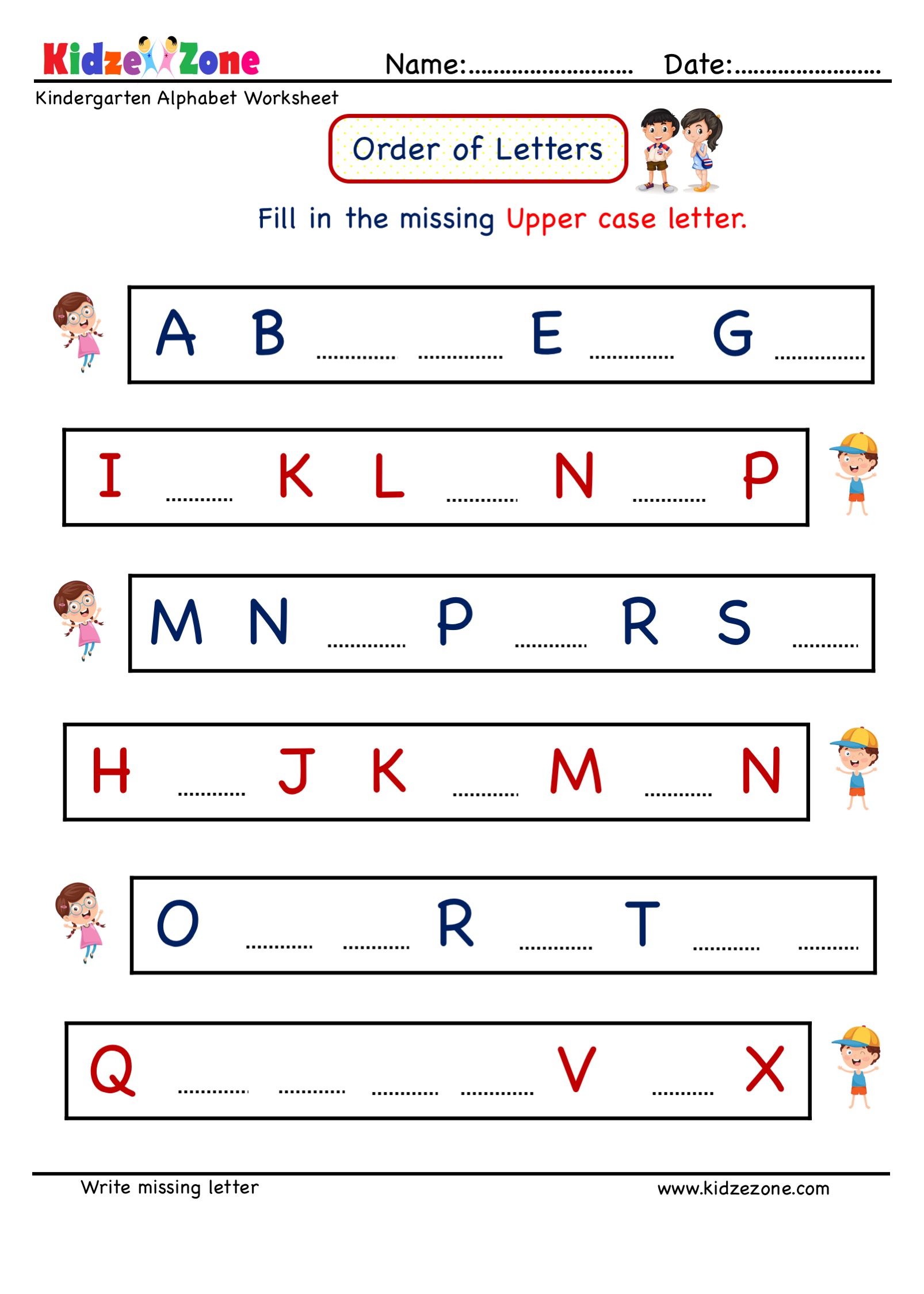
Letter writing worksheets offer a structured and systematic approach to learning, addressing various aspects of written communication simultaneously. Their benefits are manifold:
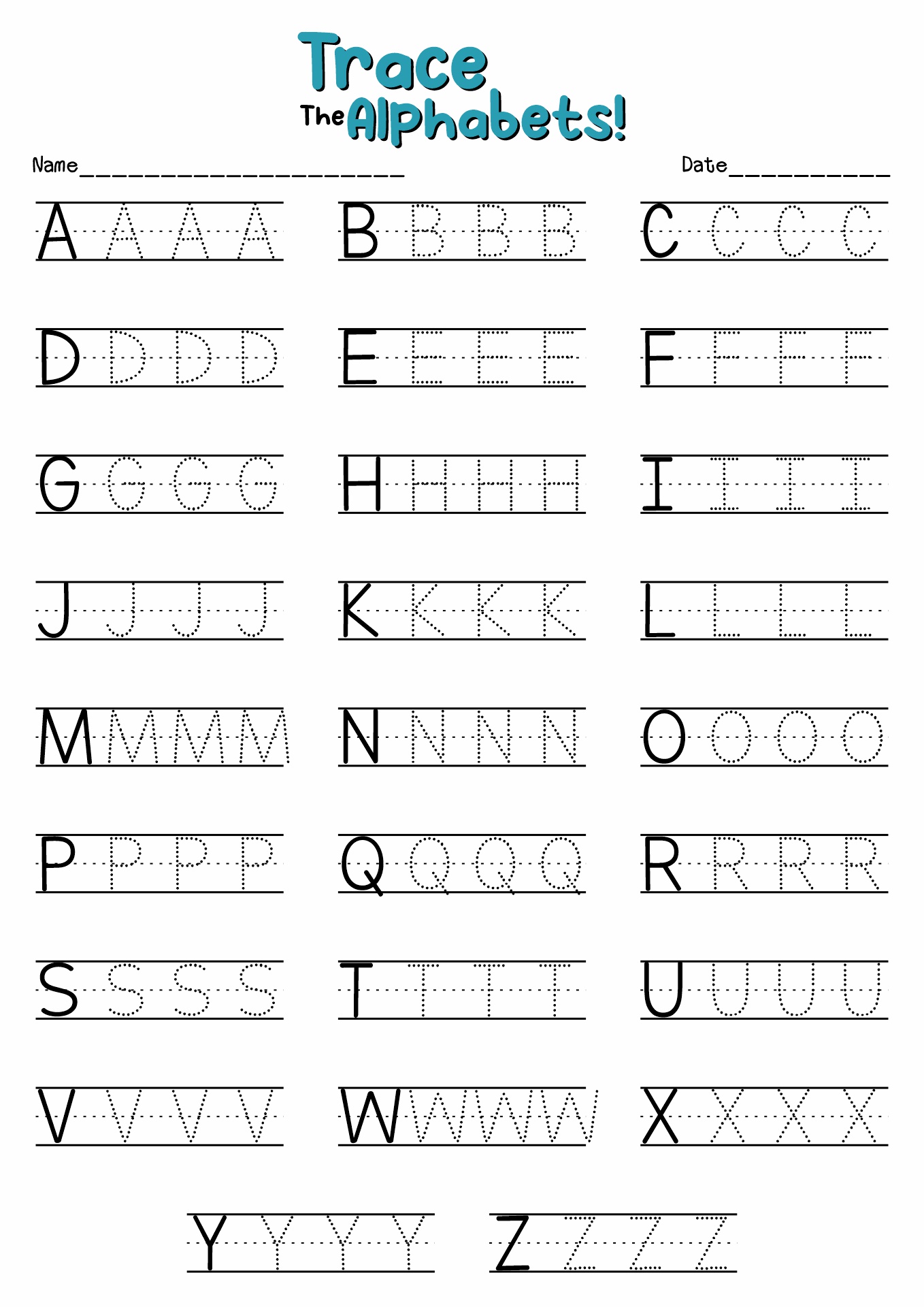
-
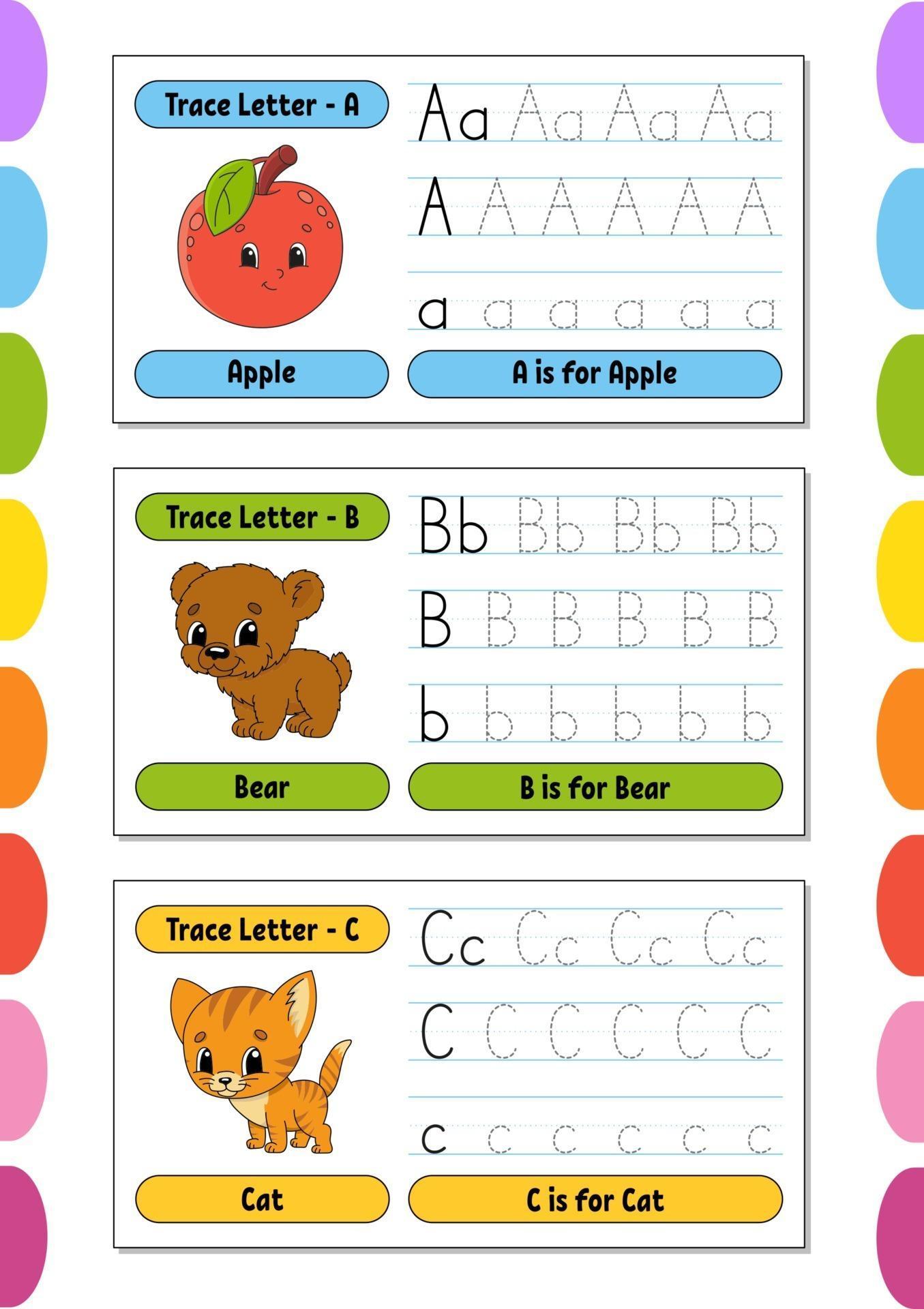
Structured Learning: Worksheets break down the complex task of writing a letter into manageable components. Learners are guided through each part – from the date and salutation to the body paragraphs, closing, and signature – ensuring they understand the specific function and placement of each element. This scaffolding is particularly beneficial for beginners or those struggling with organization.
-
Etiquette and Format: Beyond just putting words on paper, letter writing involves understanding social and professional conventions. Worksheets often present examples of formal, informal, business, and friendly letters, teaching appropriate tone, vocabulary, and formatting for different contexts. This instills a sense of decorum crucial for real-world interactions.
-
Grammar, Punctuation, and Spelling Practice: As learners construct sentences and paragraphs within the framework of a letter, they naturally apply and reinforce grammatical rules, proper punctuation, and accurate spelling. Many letter writing worksheets specifically include exercises that focus on common errors, sentence structure, and vocabulary building relevant to different letter types.

-

Vocabulary Expansion: Different types of letters require specific vocabulary. A formal complaint letter will use different language than a friendly invitation. Worksheets expose learners to a wide range of words and phrases, enhancing their lexicon and helping them choose the most effective language for their purpose.
-
Critical Thinking and Persuasion: Writing a letter, especially a persuasive or formal one, requires critical thinking. Learners must organize their thoughts logically, present arguments coherently, and anticipate the reader’s perspective. Worksheets often include prompts that encourage problem-solving, empathy, and the ability to articulate a point of view convincingly.
-
Confidence Building: The structured nature of worksheets provides a safety net for learners. By following clear instructions and templates, they gain confidence in their ability to produce a complete and correct letter. This positive experience encourages them to tackle more complex writing tasks in the future.
-
Personal Expression and Empathy: While some letters are highly formal, others, like friendly letters or thank-you notes, encourage personal expression and the development of empathy. Worksheets can prompt learners to consider the recipient’s feelings and tailor their message accordingly, fostering emotional intelligence alongside writing skills.

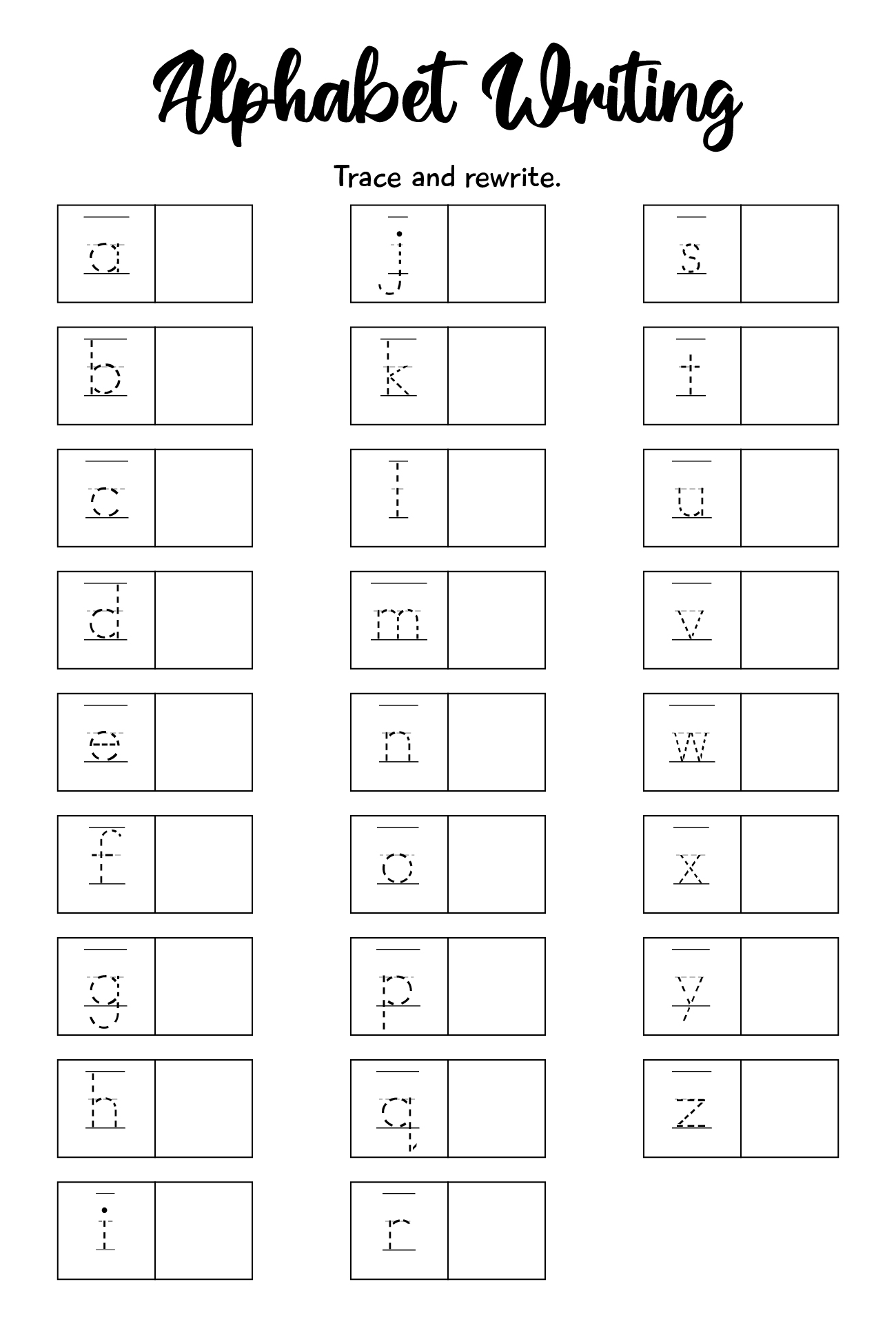
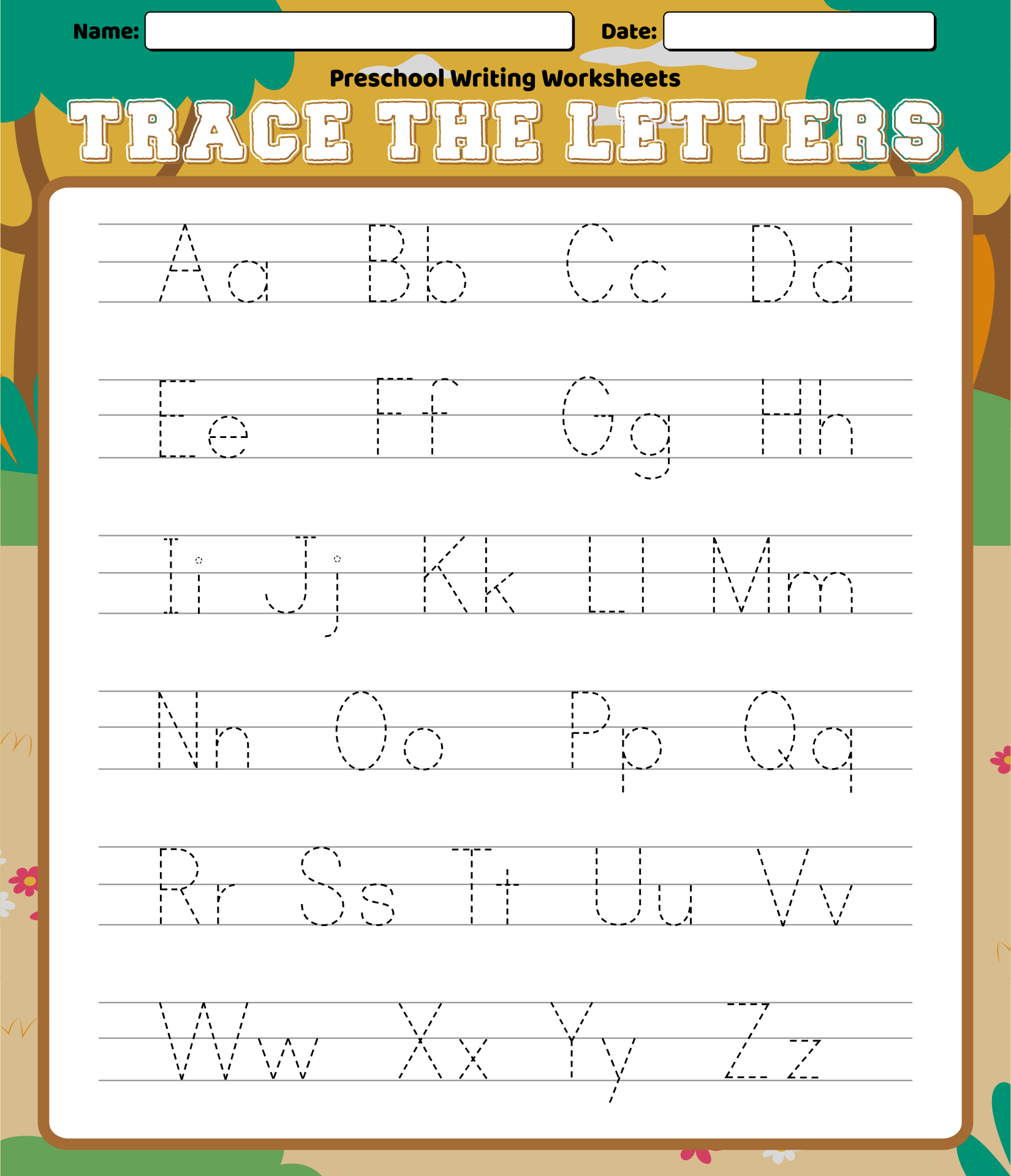
Deconstructing the Letter: What Letter Writing Worksheets Teach
At their core, letter writing worksheets aim to demystify the anatomy of a letter. They typically cover the following essential components:
- The Heading/Sender’s Address: Where the sender’s address and date are placed, usually in the top right or left corner.
- The Date: Crucial for context and record-keeping.
- The Inside Address (for Formal Letters): The recipient’s name and address, placed below the date.
- The Salutation/Greeting: How to appropriately address the recipient (e.g., "Dear Mr. Smith," "To Whom It May Concern," "Hi Sarah,"). Worksheets emphasize the difference between formal and informal greetings.
- The Body Paragraphs: The main content of the letter, broken down into introduction, supporting details, and conclusion. Worksheets often provide prompts or sentence starters to help learners structure their thoughts.
- The Closing: The polite farewell (e.g., "Sincerely," "Yours truly," "Best regards," "Love,").
- The Signature: The sender’s handwritten name, followed by their typed name.
By isolating these parts, worksheets allow educators to focus on one element at a time, building up the learner’s understanding progressively.
Types of Letter Writing Worksheets and Their Applications
The versatility of letter writing worksheets is evident in the vast array of types available, each designed for specific learning objectives:
-
Friendly Letter Worksheets: Focus on informal language, personal anecdotes, and maintaining relationships. These are excellent for younger learners or those practicing conversational English. Prompts might include writing to a friend about a holiday, a favorite hobby, or inviting them to an event.
-
Thank-You Letter Worksheets: Emphasize gratitude and politeness. These teach the importance of acknowledging kindness, gifts, or assistance. They often include sections for specifying what is being thanked for and expressing future hope for interaction.
-
Invitation Letter Worksheets: Guide learners in providing essential information clearly: what, when, where, and RSVP details. They teach how to politely extend an invitation for various occasions (birthdays, parties, meetings).
-
Apology Letter Worksheets: Focus on sincerity, taking responsibility, and expressing regret. These help learners understand how to phrase an effective apology without making excuses.
-
Formal Letter Worksheets (Complaint, Inquiry, Request): These are more complex, teaching formal tone, objective language, and the clear articulation of purpose. They often include templates for business letters, emphasizing professionalism. For instance, a complaint letter worksheet might guide learners on how to state the problem, provide supporting details, and suggest a resolution.
-
Persuasive Letter Worksheets: Challenge learners to present a strong argument, use evidence, and anticipate counter-arguments. These are crucial for developing rhetorical skills. Examples include writing to a principal about a school issue or to a local official about a community concern.
-
Cover Letter Worksheets: Specifically designed for job seekers, these guide learners through tailoring a letter to a specific job description, highlighting relevant skills and experiences. They are invaluable for bridging academic learning with real-world professional needs.
-
ESL/EFL Letter Writing Worksheets: Tailored for non-native English speakers, these often include vocabulary lists, sentence starters, and simplified explanations of cultural nuances in letter writing. They bridge the gap between language acquisition and practical application.
Designing and Selecting Effective Letter Writing Worksheets
Not all worksheets are created equal. Effective letter writing worksheets possess certain characteristics that maximize learning potential:
- Clear Instructions: Simple, unambiguous directions are paramount.
- Examples and Templates: Providing good models helps learners visualize the desired outcome and follow the correct format.
- Varied Prompts: Engaging and diverse scenarios keep learners interested and allow them to practice different letter types.
- Scaffolding: Gradually increasing complexity, starting with fill-in-the-blanks or guided sentences before moving to independent writing.
- Rubrics or Checklists: These help learners self-assess their work and understand the criteria for success. They also make grading easier for educators.
- Engaging Design: Visually appealing layouts, appropriate fonts, and relevant graphics can make worksheets more inviting, especially for younger students.
- Space for Revision: Encouraging learners to draft, review, and revise their work, mirroring the real writing process.
When selecting or creating letter writing worksheets, consider the learner’s age, proficiency level, and specific learning goals. Differentiation is key – a worksheet for a primary school student will look very different from one for an adult professional.
Integrating Letter Writing Worksheets into Learning Environments
Letter writing worksheets can be effectively integrated into various educational settings:
- Classrooms: As warm-up activities, main lesson components, homework assignments, or supplementary practice for specific writing units. They can be used individually or collaboratively.
- Homeschooling: Providing a structured curriculum for teaching written communication skills.
- ESL/EFL Programs: Offering practical application of grammar and vocabulary learned in class, giving learners a tangible output for their language studies.
- Adult Education: Assisting individuals in refining professional communication skills, preparing for job applications, or improving personal correspondence.
- Self-Study: For motivated individuals looking to brush up on their writing skills independently.
Beyond the Page: Real-World Application and Digital Evolution
While letter writing worksheets focus on the traditional format, the skills learned are highly transferable to modern digital communication. The principles of clear communication, appropriate tone, logical organization, and proper etiquette are equally vital when composing emails, professional messages, or even well-structured social media posts.
Encourage learners to move beyond the worksheets by:
- Sending Real Letters: Nothing reinforces learning like seeing a real letter arrive in the mail.
- Composing Emails: Applying formal and informal letter-writing rules to email correspondence.
- Writing Professional Communications: Using the skills for cover letters, internship applications, or professional inquiries.
- Providing Feedback: Offering constructive criticism and opportunities for revision, emphasizing that writing is a process, not a one-off event.
Conclusion
The ability to write effectively is a cornerstone of success in virtually every aspect of life. In an era where digital brevity often overshadows thoughtful prose, the foundational skills honed through letter writing worksheets are more critical than ever. These invaluable educational tools provide a systematic, comprehensive, and engaging pathway for learners to master the nuances of written communication. From understanding basic format and etiquette to developing advanced persuasive techniques and empathy, letter writing worksheets empower individuals to express themselves clearly, confidently, and appropriately in any context. By embracing and effectively utilizing these resources, educators and learners alike can ensure that the timeless art of written correspondence continues to thrive, shaping articulate and capable communicators for generations to come.
